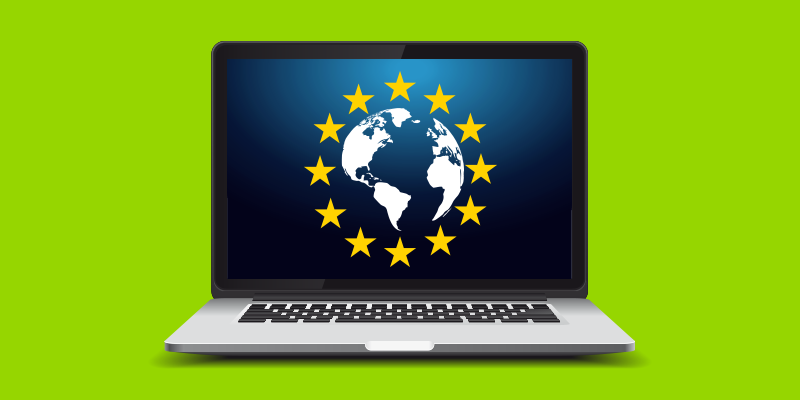Cyberattacks are on the rise, with UK firms being hit, on average, by over 230,000 attacksin 2017. Managed service providers (MSPs) need to make security a priority in 2018, or they will risk souring their relationships with clients. By following 3 simple MSP best practices consisting of user education, backup and recovery, and patch management, your MSP can enhance security, mitigate overall client risk, and grow revenue.
User Education
An effective anti-virus is essential to keeping businesses safe; however, It isn’t enough anymore. Educating end users through security awareness training can reduce the cost and impact of user-generated infections and breaches, while also helping clients meet the EU’s new GDPR compliance requirements. Cybercriminals’ tactics are evolving and increasingly relying on user error to circumvent security protocols. Targeting businesses through end users via social engineering is a rising favorite among new methods of attack.
Common social engineering attacks include:
- An email from a trusted friend, colleague or contact—whose account has been compromised—containing a compelling story with a malicious link/download is very popular. For example, a managing director’s email gets hacked and the finance department receives an email to pay an outstanding “invoice”.
- A phishing email, comment, or text message that appears to come from a legitimate company or institution. The messages may ask you to donate to charity, ‘verify’ information, or notify you that you’re the winner in a competition you never entered.
- A fraudster leaving a USB around a company’s premises hoping a curious employee will insert it into a computer providing access to company data.
Highly topical, relevant, and timely real-life educational content can minimize the impact of security breaches caused by user error. By training clients on social engineering and other topics including ransomware, email, passwords, and data protection, you can help foster a culture of security while adding serious value for your clients.
Backup and Disaster Recovery Plans
It’s important for your MSP to stress the importance of backups. If hit with ransomware without a secure backup, clients face the unsavory options of either paying up or losing important data. Offering clients automated, cloud-based backup makes it virtually impossible to infect backup data and provides additional benefits, like a simplified backup process, offsite data storage, and anytime/anywhere access. In the case of a disaster, there should be a recovery plan in place. Even the most secure systems can be infiltrated. Build your plan around business-critical data, a disaster recovery timeline, and protocol for disaster communications.
Things to consider for your disaster communications
- Who declares the disaster?
- How are employees informed?
- How will you communicate with customers?
Once a plan is in place, it is important to monitor and test that it has been implemented effectively. A common failure with a company’s backup strategy occurs when companies fail to test their backups. Then, disaster strikes and only then do they discover they cannot restore their data. A disaster recovery plan should be tested regularly and updated as needed. Once a plan is developed, it doesn’t mean that it’s effective or set in stone.
Patch Management
Consider it an iron law; patch and update everything immediately following a release. As soon as patches/updates are released and tested, they should be applied for maximum protection. The vast majority of updates are security related and need to be kept up-to-date. Outdated technology–especially an operating system (OS)–is one of the most common weaknesses exploited in a cyberattack. Without updates, you leave browsers and other software open to ransomware and exploit kits. By staying on top of OS updates, you can prevent extremely costly cyberattacks. For example, in 2017 Windows 10 saw only 15% of total files deemed to be malware, while Windows 7 saw 63%. These figures and more can be found in Webroot’s 2018 Threat Report.
Patching Process
Patching is a never-ending cycle, and it’s good practice to audit your existing environment by creating a complete inventory of all production systems used. Remember to standardize systems to use the same operating systems and application software. This makes the patching process easier. Additionally, assess vulnerabilities against inventory/control lists by separating the vulnerabilities that affect your systems from those that don’t. This will make it easier for your business to classify and prioritize vulnerabilities, as each risk should be assessed by the likelihood of the threat occurring, the level of vulnerability, and the cost of recovery. Once it’s determined which vulnerabilities are of the highest importance, develop and test the patch. The patch should then deploy without disrupting uptime—an automated patch system can help with the process.
Follow these best practices and your MSP can go a lot further toward delivering the security that your customers increasingly need and demand. Not only you improve customer relationships, but you’ll also position your MSP as a higher-value player in the market, ultimately fueling growth. Security is truly an investment MSPs with an eye toward growth can’t afford to ignore.











